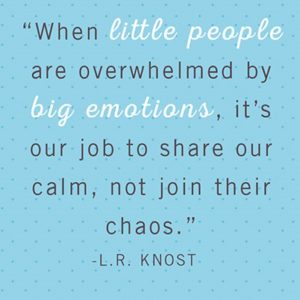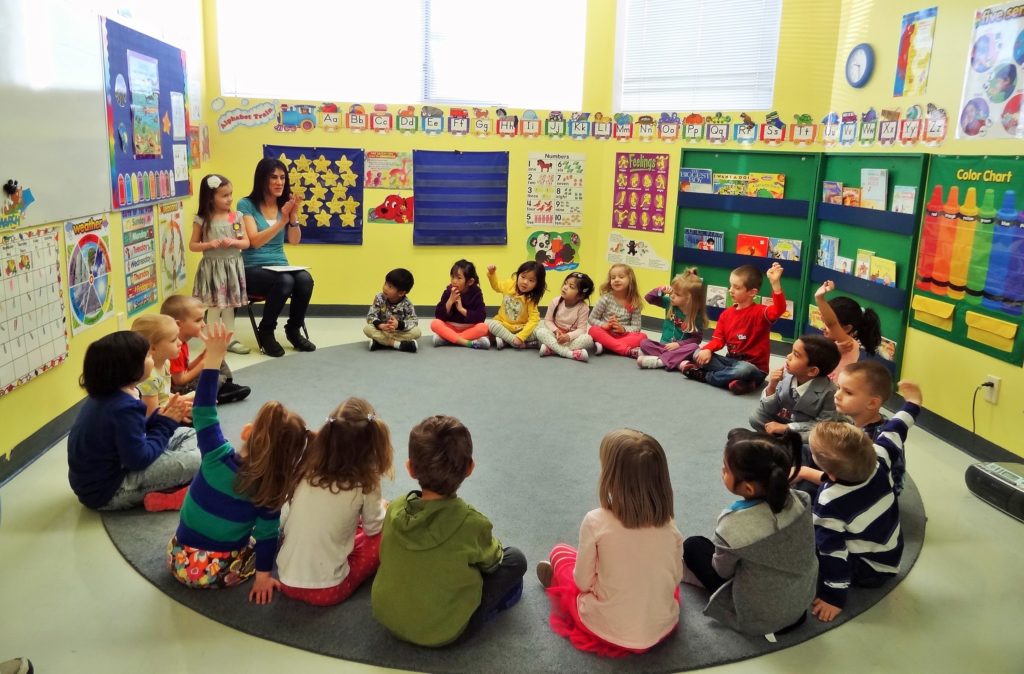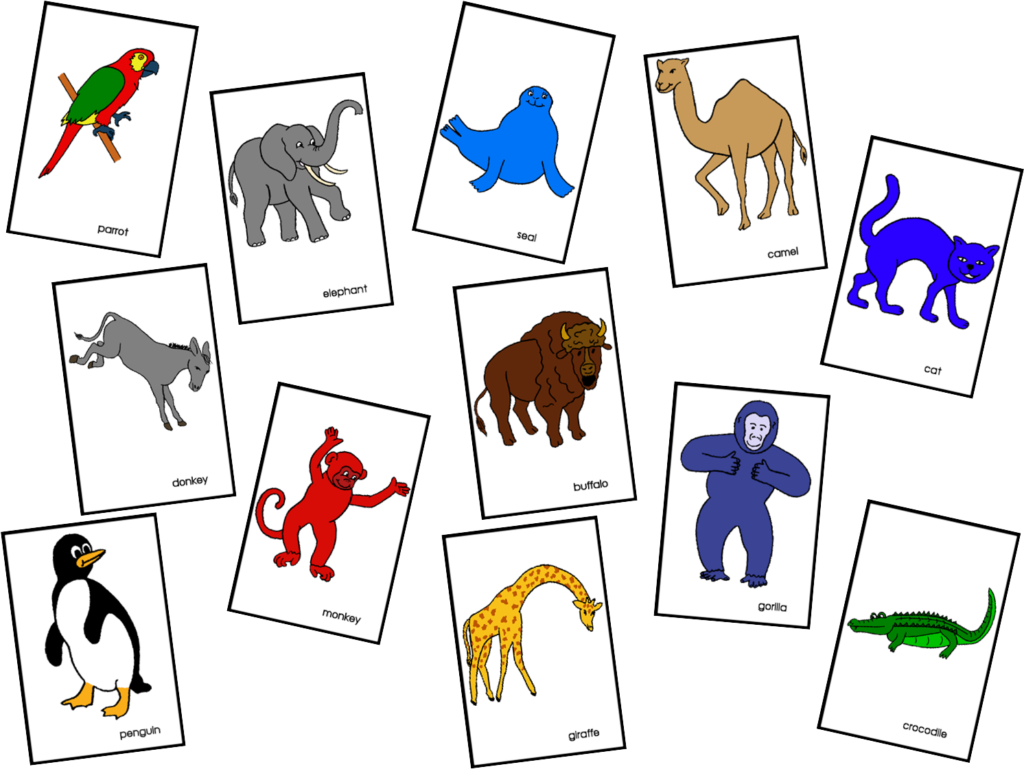Share the Calm with Repeated Readings
August 2, 2017
Those first few weeks of preschool can be a lot–it’s a lot for kids, and it’s a lot for  teachers. Everything is new and exciting and sometimes overwhelming. There’s a quote that lots of us need at the beginning of the year that says, “When little people are overwhelmed by big emotions, it’s our job to share our calm, not join their chaos.”
teachers. Everything is new and exciting and sometimes overwhelming. There’s a quote that lots of us need at the beginning of the year that says, “When little people are overwhelmed by big emotions, it’s our job to share our calm, not join their chaos.”
So how do you do that, share the calm, when inside you’re thinking, “I needed two more weeks of preplanning to get ready for this!” As experienced early childhood educators, we know that those first weeks are a balancing act. We need to provide structure and support, and we can’t expect 3, 4, and 5 year olds to come to school knowing what to do. Let’s be honest, they don’t know what to do with their little bodies half the time, let alone their lunch trays and empty milk cartons. It’s our job to teach them everything–and I mean everything! You’ll have to teach them how to put away the blocks, how to line up behind the person in front of them, that the marker caps have be put back on the markers, where to sit on the circle rug, how to keep hands and feet to themselves, and most importantly that they can do it! Schwew! That’s a lot! And that last one is the key! We have to teach our kiddos that they are capable. We have to set them up for success!
One way to set them up for success is through repeated readings of the same book. I’m guessing that if you’ve been a teacher for any length of time, you know that there are times when the classroom gets chaotic, and you just have to regroup. “Everyone on the circle rug!” Group time can be a great way to help bring the calm to the classroom. You get everyone together, take a few deep breaths, stretch a little, maybe do a calm down song, and then it’s story time!
In the first few weeks especially, repeated readings of the same story are a super easy way to let kids know what’s coming next in their day. Through repeated readings, you’re giving them the familiar–familiar vocabulary, familiar pictures, and familiar concepts. After a few readings, you’ll see it on their little faces. That moment of recognition…I know this part! I know what comes next! But what do you do to hold their attention those first few times you read it, the times before that familiarity kicks in? You engage them! You can do that with things like sequencing cards, craft stick puppets, props, felt board pieces, sign language, and whole body movements. It sounds like a lot of work for story time, but not to worry! We have you covered with this month’s freebie! Eric Carle’s “From Head to Toe” incorporates simple body awareness concepts, animals, and movement in a repetitive refrain that kids will learn quickly “I can do it!” And a bonus, if you’re not totally ready to abandon thematic units, this book pairs perfectly with the All About Me theme that so many of us use at the beginning of the school year.
Here are some other ideas for keeping story time not boring!
- Read it Once Again sequencing cards
- Laminate the cards for use on a story board or story stick.
- Put the cards around the room and take a “story walk”.
- Put the cards in envelopes on the felt board and let the children open one at the right time during the story.
- Make two sets of cards. Have one set on the story board and have each child hold a card to match at the right time in the story.
- Do charting activities with the cards. For example, have children “vote” for their favorite animal from the story.
- Bring in real items from the story. Use the mystery bag to gain interest. Have children guess what could be in the bag before you show them.
- Ask questions about the story and use the cards as prompts. Children with emerging language may answer questions by pointing to the cards. (Many of the other activities in the curriculum can be used in this way, as well.)
- Read it Once Again craft stick puppets and finger puppets
- Put them in a mystery bag and let each child choose one to use during the appropriate time in the story.
- Play games with the puppets to teach body awareness. (Put the cow on your head. Put the dog on your knee.)
- Create sentence strips with visuals and vocabulary from the story. Have a child act as the story teller by using the pointer to point to the correct parts of the story.
- Gather props related to the story (stuffed animals, small toys, masks, costumes, etc.) Act out the story, and have children help!
- Teach children the signs that go along with the story (Signs can be found at signingsavy.com, handspeak.com, aslpro.com, signingtime.com.) Make sure to share these signs with family so that they can practice at home!
- Sing familiar songs and repeat rhymes or finger plays that go with the story.
- Encourage children to use language from the story at the appropriate time. For children with emerging language, use mid-tech devices like switches or high-tech devices like iPads to program the correct language for students to activate.
- Play a sorting game. Have children put all of the animals in one circle, and everything that is not an animal in another circle. Count which one has more.
These are just a few ideas for story time. You’ll find in the Read It Once Again Curriculum that what might look like a worksheet at first glance is actually a valuable teaching tool for large and small group times when facilitated by the teacher. We’ll have more on how to use these tools to reach learners at all developmental levels in an upcoming blog post.





